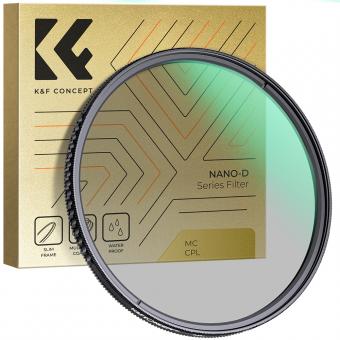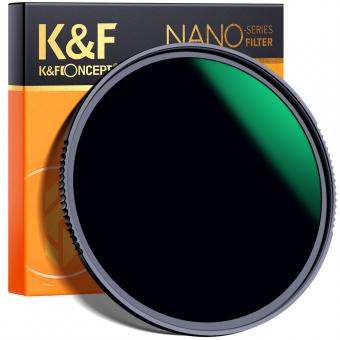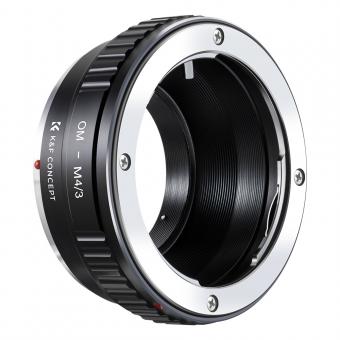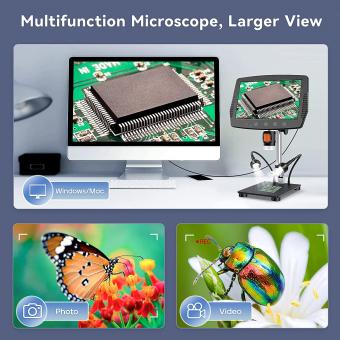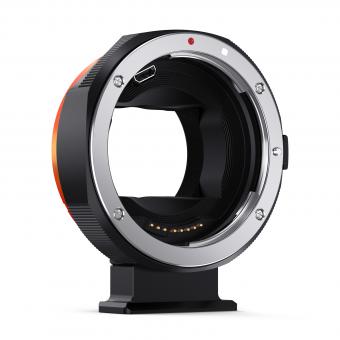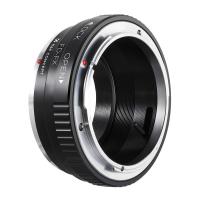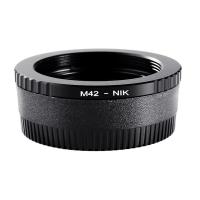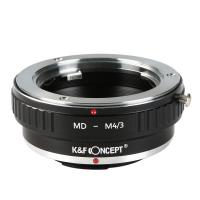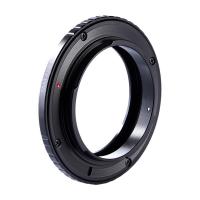Are There Microscopes That Can See Atoms ?
Yes, there are microscopes that can see atoms. Scanning tunneling microscopes (STMs) and atomic force microscopes (AFMs) are two types of microscopes that can visualize atoms. STMs use a sharp probe to scan the surface of a material, measuring the flow of electrons between the probe and the surface. This allows for the visualization of individual atoms. AFMs, on the other hand, use a tiny cantilever with a sharp tip to scan the surface and detect forces between the tip and the atoms. By measuring these forces, AFMs can create images of atomic structures. Both STMs and AFMs have revolutionized the field of nanotechnology and have provided valuable insights into the atomic world.
1、 Scanning Tunneling Microscopy: Imaging atoms at the atomic scale.
Scanning Tunneling Microscopy: Imaging atoms at the atomic scale.
Yes, there are microscopes that can see atoms. One such powerful tool is the Scanning Tunneling Microscope (STM). Developed in the early 1980s, the STM revolutionized the field of nanotechnology by allowing scientists to visualize individual atoms and manipulate them at the atomic scale.
The STM works on the principle of quantum tunneling. It consists of a sharp tip that is brought very close to the surface of a sample. A small voltage is applied between the tip and the sample, creating a tunneling current. By measuring this current, the STM can map the surface topography of the sample with atomic resolution.
The STM has been instrumental in advancing our understanding of materials and their properties. It has been used to study a wide range of materials, including metals, semiconductors, and even biological molecules. By imaging atoms and molecules, scientists can gain insights into their arrangement, bonding, and electronic properties.
In recent years, there have been advancements in STM technology that have further enhanced its capabilities. For example, researchers have developed variants of the STM that can operate at low temperatures or in ultra-high vacuum conditions, allowing for more precise measurements. Additionally, techniques such as scanning tunneling spectroscopy have been developed, which enable the characterization of electronic states at the atomic scale.
While the STM has been a groundbreaking tool for imaging atoms, it does have limitations. It can only be used on conducting or semiconducting surfaces, and it requires a stable and clean sample. However, despite these limitations, the STM remains an invaluable tool for studying the atomic world and pushing the boundaries of nanoscience and nanotechnology.
2、 Atomic Force Microscopy: Visualizing atoms using a tiny probe.
Yes, there are microscopes that can see atoms. One such microscope is the Atomic Force Microscope (AFM). AFM is a powerful tool that allows scientists to visualize and manipulate atoms and molecules with incredible precision.
AFM works by using a tiny probe, typically a sharp tip at the end of a cantilever, to scan the surface of a sample. As the probe moves across the surface, it interacts with the atoms and molecules present, creating a three-dimensional map of the surface topography. By measuring the forces between the probe and the sample, AFM can provide detailed information about the atomic and molecular structure of the sample.
The resolution of AFM is remarkable, with the ability to image individual atoms and even the bonds between them. This level of detail has allowed scientists to study a wide range of materials, from metals and semiconductors to biological molecules and DNA.
In recent years, advancements in AFM technology have further improved its capabilities. For example, high-speed AFM has been developed, enabling real-time imaging of dynamic processes at the atomic scale. Additionally, non-contact AFM techniques have been developed, which minimize the interaction forces between the probe and the sample, allowing for even more precise measurements.
Overall, AFM has revolutionized our understanding of the atomic world, providing a powerful tool for scientists to study and manipulate matter at the atomic scale. With ongoing advancements, it is likely that AFM will continue to play a crucial role in various fields of research, including nanotechnology, materials science, and biology.
3、 Transmission Electron Microscopy: Resolving atomic structures with electron beams.
Yes, there are microscopes that can see atoms. One such microscope is the Transmission Electron Microscope (TEM). TEM is a powerful imaging technique that uses a beam of electrons to illuminate a sample and create an image. It has the ability to resolve atomic structures, allowing scientists to directly observe individual atoms.
In a TEM, a high-energy electron beam is transmitted through a thin sample, and the resulting image is formed by the interaction of the electrons with the atoms in the sample. By manipulating the electron beam and using advanced detectors, scientists can achieve atomic resolution and obtain detailed information about the arrangement of atoms in a material.
TEM has been instrumental in advancing our understanding of materials science, nanotechnology, and biology. It has been used to study a wide range of materials, including metals, semiconductors, ceramics, and biological samples. By visualizing atomic structures, scientists can gain insights into the properties and behavior of materials at the atomic level.
In recent years, there have been significant advancements in TEM technology, enabling even higher resolution imaging. For example, aberration-corrected TEMs have been developed, which minimize the distortions caused by the electron optics, allowing for atomic resolution imaging with unprecedented clarity.
In conclusion, Transmission Electron Microscopy is a powerful tool that can indeed see atoms. With ongoing advancements in technology, TEM continues to push the boundaries of atomic imaging, providing valuable insights into the world of atoms and molecules.
4、 Scanning Electron Microscopy: High-resolution imaging of surface structures.
Scanning Electron Microscopy (SEM) is a powerful technique that allows for high-resolution imaging of surface structures. However, it is important to note that SEM cannot directly visualize individual atoms.
SEM works by scanning a focused beam of electrons across the surface of a sample. As the electrons interact with the sample, various signals are generated, including secondary electrons, backscattered electrons, and characteristic X-rays. These signals are then detected and used to create an image of the sample's surface.
The resolution of SEM depends on several factors, including the energy of the electron beam, the sample preparation, and the detector used. In general, SEM can achieve resolutions in the range of a few nanometers, which is sufficient to observe fine surface details and structures.
To directly visualize individual atoms, more advanced techniques such as Transmission Electron Microscopy (TEM) or Scanning Tunneling Microscopy (STM) are required. TEM uses a beam of electrons transmitted through a thin sample to create an image, allowing for atomic-level resolution. STM, on the other hand, uses a sharp probe to scan the surface of a sample and measures the tunneling current between the probe and the sample, providing atomic-scale resolution.
It is worth mentioning that recent advancements in microscopy techniques, such as aberration-corrected TEM and atomic force microscopy, have pushed the limits of resolution even further. These techniques have enabled researchers to observe individual atoms and even manipulate them at the atomic scale.
In conclusion, while SEM is a powerful tool for high-resolution imaging of surface structures, it cannot directly visualize individual atoms. Techniques such as TEM and STM are required for atomic-level resolution. However, it is important to note that the field of microscopy is constantly evolving, and new advancements may continue to push the boundaries of what is possible in terms of atomic-scale imaging.


